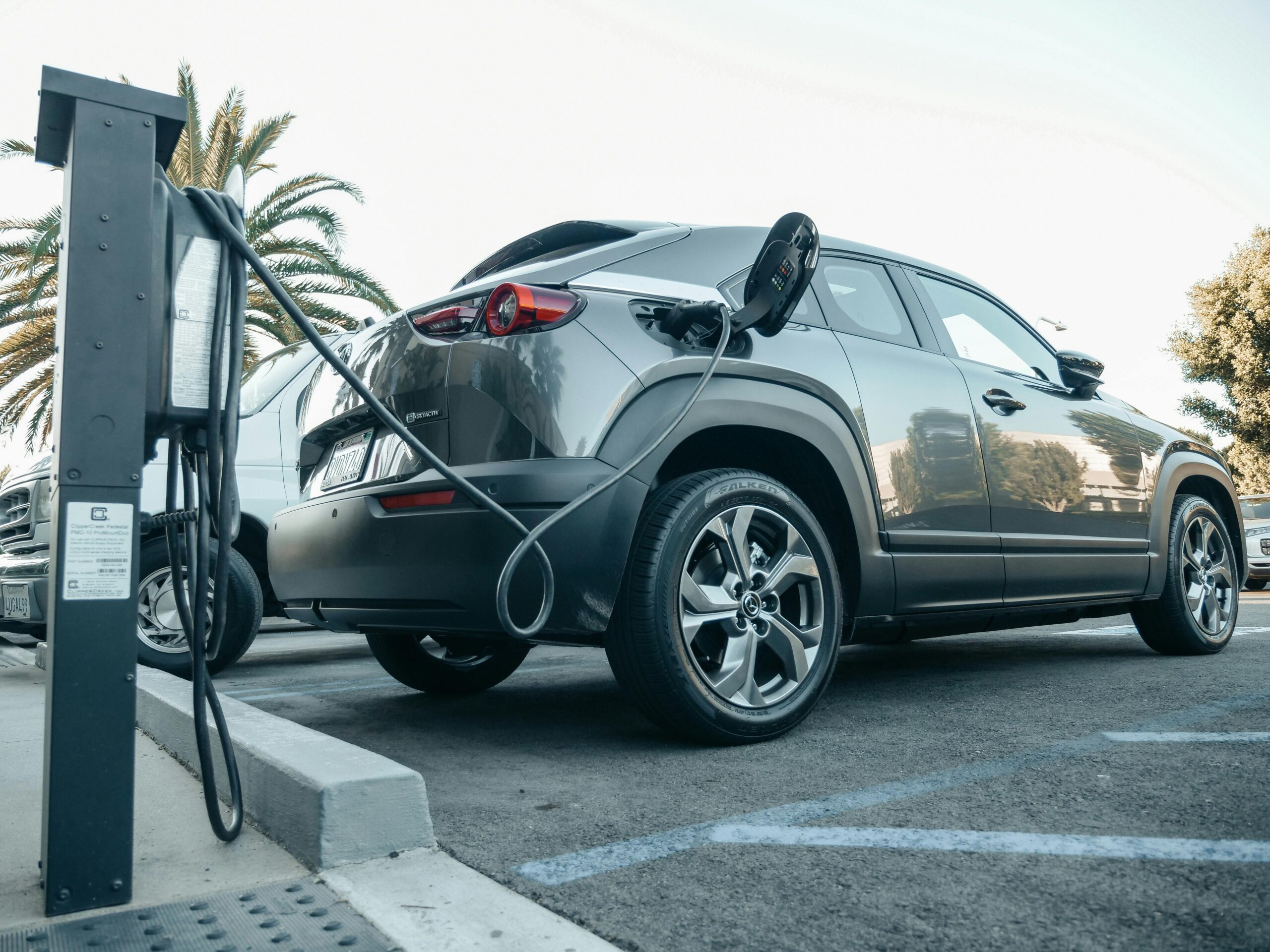It’s a daily question but one that does not have a singular solution. How to cater for the need for charging stations in strata, while being equitable and fair about who pays for what.
As the world transitions towards sustainable living, the adoption of electric vehicles (EVs) is on the rise. In strata buildings, retrofitting EV charging infrastructure becomes a crucial step in accommodating residents’ evolving transportation needs. In this blog, we will explore the key considerations and steps to seamlessly integrate EV charging into strata communities.
1. Assessing Demand and Planning: Before embarking on the retrofitting journey, it’s essential to assess the demand for EV charging within the strata community. Survey residents to gauge interest and estimate the number of charging stations needed. Collaborate with a professional to conduct a feasibility study, considering factors like electrical capacity, parking layouts, and local regulations. This is essential, as electrical capacity, load sharing and the types of charging stations available all need to be considered. Every building will have a different solution.
2. Selecting the Right Charging Infrastructure: Choose charging stations that align with the strata community’s needs. Consider factors such as charging speed, compatibility with various EV models, and scalability for future growth. This isn’t going to be as simple as each owner installing their own infrastructure on request. Future proofing requires a more nuanced approach.
Considerations include shared or individual stations, power load distribution and who pays.
3. Implementing a Fair Charging Model: Decide on a fair and transparent charging model for residents. Options include pay-per-use, subscription-based plans, or a combination of both. Implement a system that accounts for electricity costs, maintenance expenses, and potential future expansions, ensuring a sustainable and equitable solution. This will be captured in your by-laws
4. Prepare a budget: Once you have an understanding of your building needs, you need to know how much it will cost. The upgrade will be an expense from your Capital Works Fund, or a special levy. There may be user-pay options, however it is likely that there will be some works required to common property utilities.
5. Approvals and by-laws: Any addition or improvement to the common property will require a special resolution at a general meeting. It would also be advisable that a by-law will need to be drafted and approved to administer the system whichever option your building opts for. Whether it be for individual lots to install private charging stations, or how a shared station will be used.
6. Upgrading Electrical Infrastructure: Retrofitting EV charging stations will almost certainly necessitate upgrades to the existing electrical infrastructure. This may involve upgrading panels, wiring, and transformers to support the additional load. The details of what this will be well known by now, having been noted during the feasibility study.
7. Educating Residents: An essential aspect of successful EV charging integration is educating residents about the benefits, usage protocols, and responsible charging practices. Host informational sessions, distribute pamphlets, and leverage digital communication channels to keep residents informed and engaged.
8. Utilizing Smart Technologies: Integrate smart technologies to enhance the efficiency and user experience of EV charging. Smart charging stations can optimize energy consumption, provide real-time usage data, and enable residents to monitor and manage their charging sessions through mobile apps or online platforms.
Retrofitting EV charging into strata buildings is a forward-thinking investment that not only accommodates the changing needs of residents but also contributes to a more sustainable and environmentally friendly community. By carefully planning, complying with regulations, upgrading infrastructure, and fostering resident education, strata communities can seamlessly embrace the future of transportation while promoting a greener and more inclusive living environment.
Your Genesis strata manager is able to help you create a good plan for the EV charges, which is also very helpful for the connection of the strata communities.



